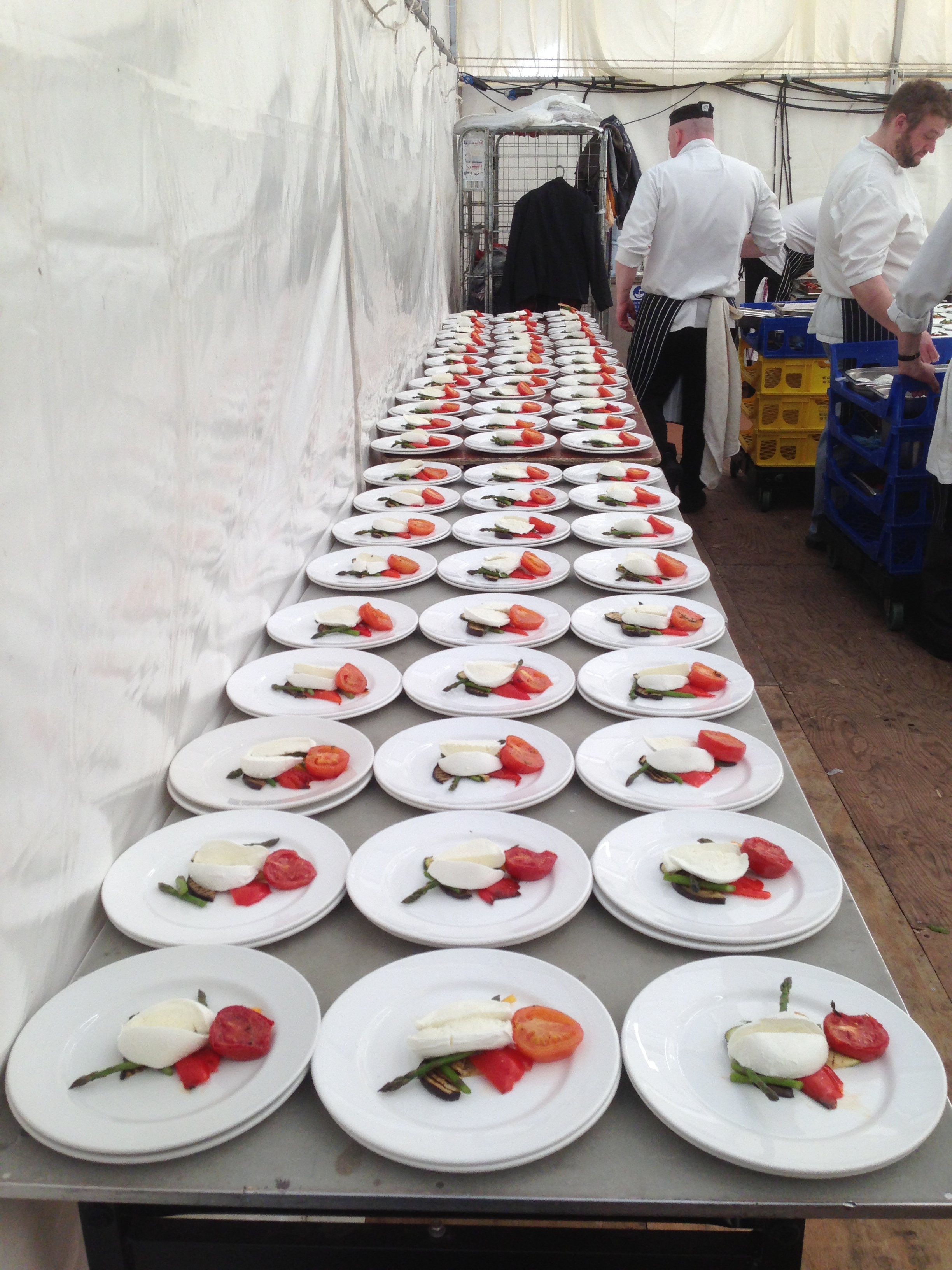by Joanne Schofield
I'm always told how fun my job is, how good it must be to plan parties, order food and make things looks pretty and whilst all these things are great there's a little more to it than that, as most of you probably know.
For me, a good event always starts with crafting the message. I always want the aesthetics to be perfect and to get the 'wow's, but if the event doesn't match what the business is trying to say and also share their message for the next day, month even year it will never be delivered to their target audience, so what's the point?
Looking at the brand is critical. Who are you representing? What is the company ethos? What do they stand for and more importantly how can these essential points filter into a successful event? Initial research on the brand is so important, getting to know your client and building that relationship is something that is at the core of our events.
We start building our clients event by understanding their brief and how they want their business messages to come alive through the work we do. Client briefs are integral, giving us an insight into what they think their event can become, however they can be difficult to match as well as trying to make it work with the dreaded budget...I'm constantly hearing 'Anything is possible...with enough money' but how do you make it work when their isn't enough money?
Working closely with the client and understanding what they want their content and goals to be and making it work within their brief and budget are fundamental...but it's never that easy. Sometimes we have to compromise and search to find those solutions, when you're into your fifteenth quote at 9 o clock in the evening it feels endless, but we do this because we want to find the best answer to the brief to reach the clients goal.
Having understood the brand, brief and content, overcome a few hurdles, the message finally becomes clear, it's then just a case of which of the many tools we have in our toolbox to use to make it work.
Every aspect of the event can support the delivery of the message - from the dressing, how the food is presented, the accommodation, how they travel, the style of the venue, how the food is served - even down to the type of tassels you choose for a set and when you've been through 15 pantone colours you know it's serious!
The message should underpin everything we do.








































